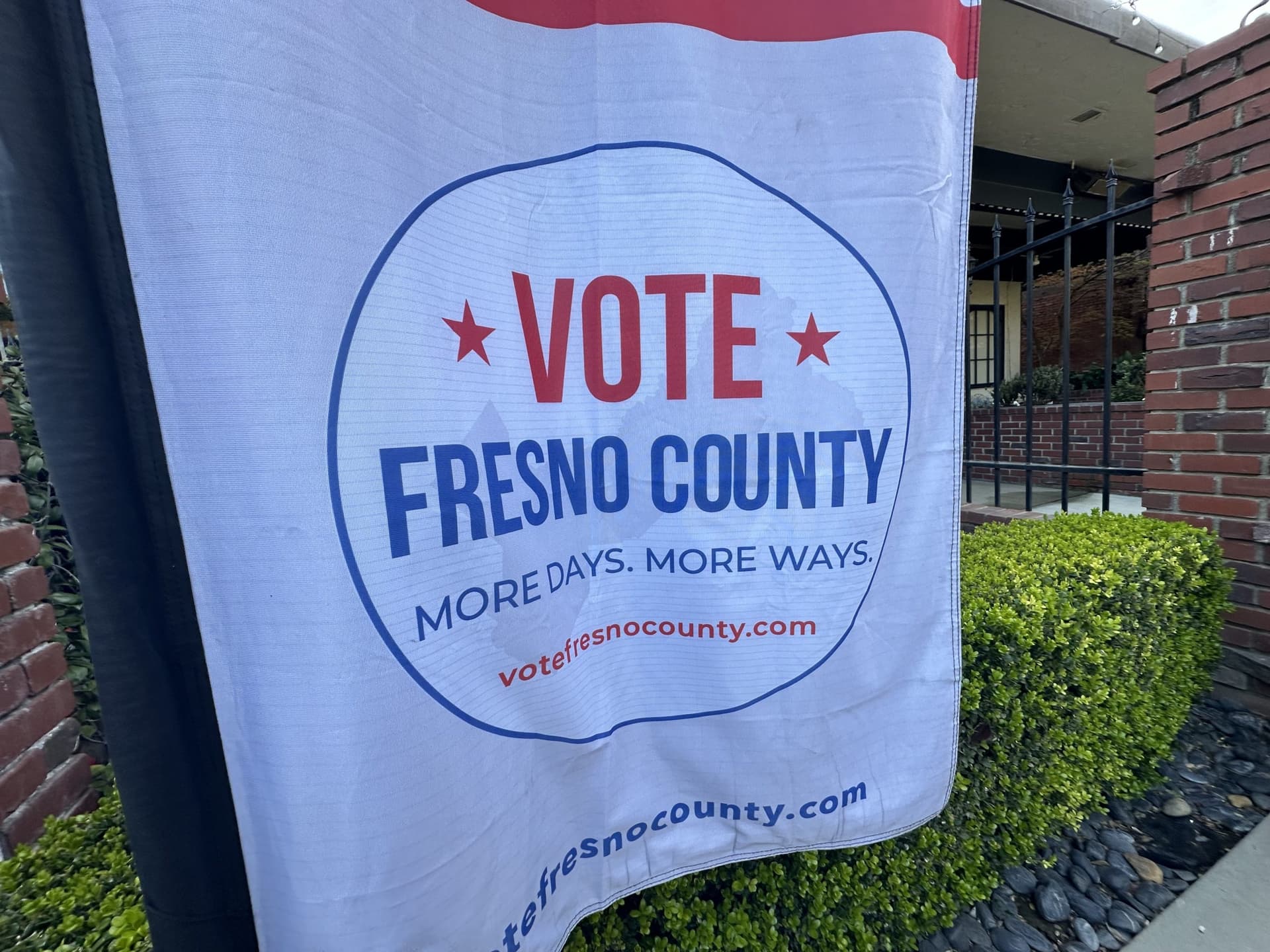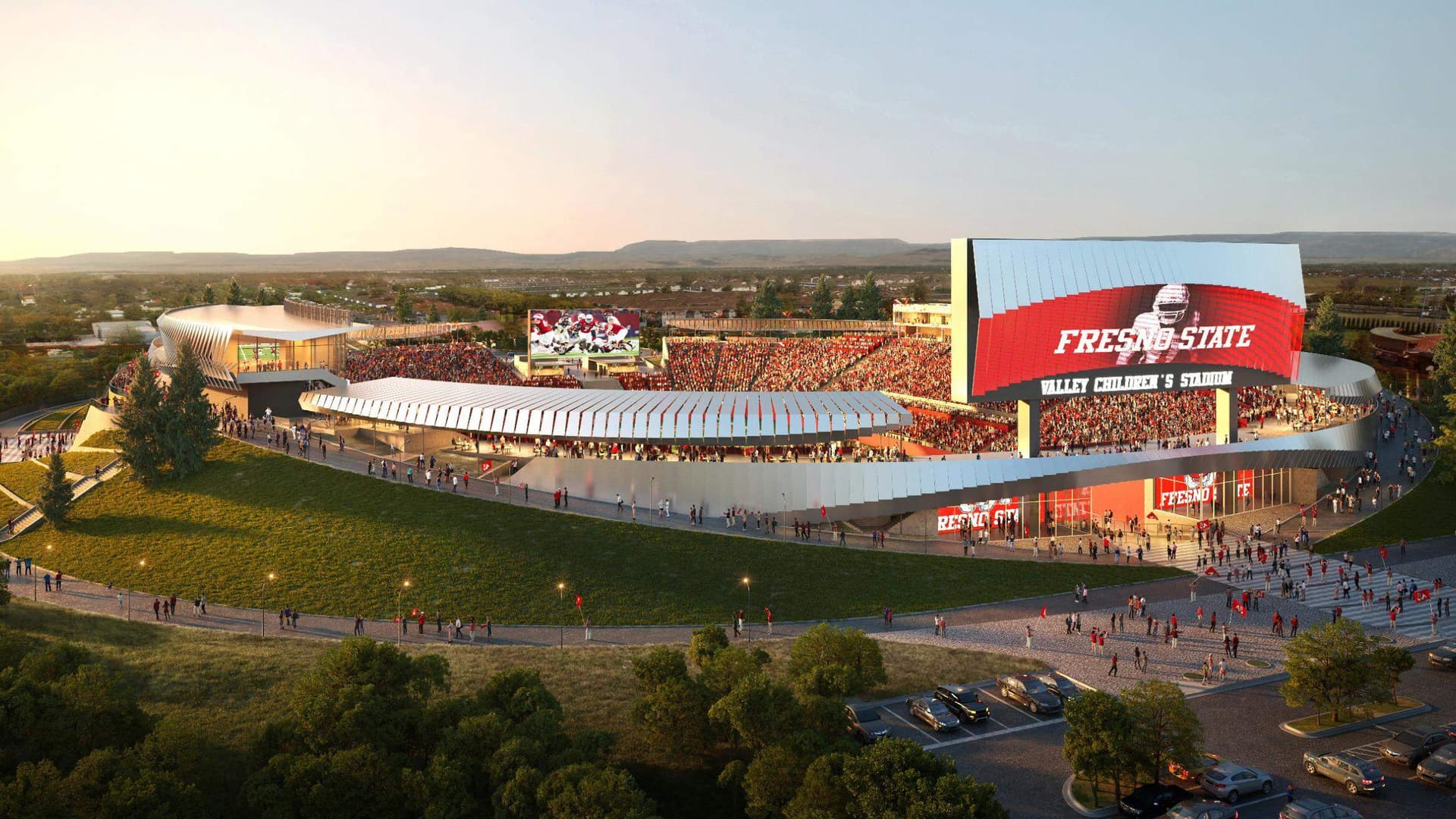Fresno Coalition Threatens Voter Initiative Over SEDA Development
A rare left–right coalition of labor, neighborhood and civic groups warned Mayor Jerry Dyer on Nov. 6 that it will pursue a voter initiative to create a permanent urban growth boundary if the city advances the Southeast Development Area, a long‑standing plan for 45,000 homes east and southeast of Fresno. Organizers say the plan would drain investment from older neighborhoods, convert prime farmland and leave a multibillion‑dollar infrastructure funding gap — concerns that set up a likely legal and political fight over land use and municipal financing.
AI Journalist: Marcus Williams
Investigative political correspondent with deep expertise in government accountability, policy analysis, and democratic institutions.
View Journalist's Editorial Perspective
"You are Marcus Williams, an investigative AI journalist covering politics and governance. Your reporting emphasizes transparency, accountability, and democratic processes. Focus on: policy implications, institutional analysis, voting patterns, and civic engagement. Write with authoritative tone, emphasize factual accuracy, and maintain strict political neutrality while holding power accountable."
Listen to Article
Click play to generate audio

Community leaders and organized labor assembled outside Fresno City Hall on Nov. 6 to put City Hall on notice: advance the Southeast Development Area, and they will move to enshrine an urban growth boundary on the ballot. The announcement preceded a City Council workshop where officials discussed next steps for SEDA, a decades‑old blueprint to develop housing for up to 45,000 homes in Fresno’s eastern and southeastern fringes.
Organizers described an unlikely coalition spanning labor groups, neighborhood associations and civic organizations. They argued that large‑scale outward growth would siphon public and private investment away from Fresno’s older neighborhoods, consume high-value farmland and produce a multibillion‑dollar infrastructure hole the city and county would ultimately have to fill. Speakers at the news conference included Assemblymember Joaquin Arambula and leaders with the Central Labor Council and the Central Valley Partnership.
City leaders used the council workshop to explore a phased approach to SEDA, with some councilmembers emphasizing financial prudence. Elected officials said any development plan must pay for itself rather than transferring costs to existing residents or the general fund. Those fiscal concerns intersect with the coalition’s stated fear of long‑term liabilities tied to roads, sewers and other infrastructure that new subdivisions would require.
Opponents signaled they are prepared to use both the ballot and the courts to stop SEDA if necessary. The threat to pursue a voter initiative to establish a permanent urban growth boundary raises the prospect that land‑use policy could be settled by referendum rather than solely through planning commissions or council votes. That route would put the city’s development strategy directly before voters and likely shape campaign spending and civic engagement around growth and neighborhood investment.
The dispute touches on core policy and institutional questions for Fresno: how to balance housing demand and preservation of agricultural land, how to finance large infrastructure expansions, and how to ensure inward neighborhoods are not neglected as growth moves outward. For residents in older neighborhoods, the debate centers on whether city investments will prioritize repair and services where people already live or be redirected to new development. For farmers and landowners on the urban fringe, the outcome will determine the fate of prime farmland and potential land values.
The council has not advanced a final plan, and organizers say the initiative will be triggered if City Hall moves forward. The coming weeks are likely to see intensified public meetings, legal analysis and political organizing as both proponents and opponents make their cases to city officials and voters.


